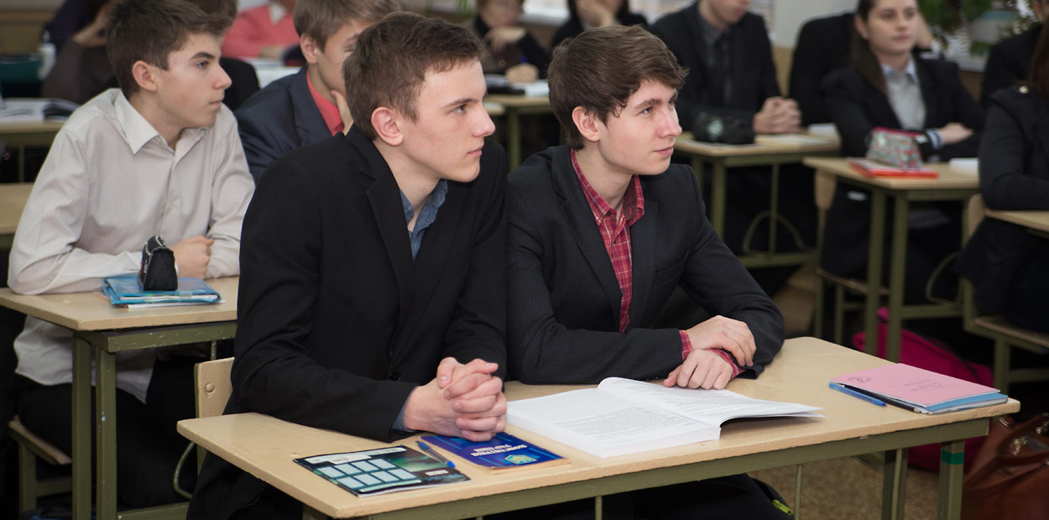Ukrainian Human Rights Teacher’s Guide Published as Online Resource

The new multimedia Ukrainian teacher’s guide Where Do Human Rights Begin: Lessons of History and Contemporary Approaches is now available as an online resource on the USC Shoah Foundation website.
The guide was initiated by USC Shoah Foundation in cooperation with VAAD, the association of Jewish organizations and communities of Ukraine. The project and the publication were supported by the German Foundation Remembrance, Responsibility and Future (EVZ)’s “Teaching Human Rights” program.
The comprehensive, Ukrainian-language multimedia teacher’s guide was approved by Ukraine’s Ministry of Education and Science in November 2013, and authored by educator Oleksandr Voytenko, historian Mikhail Tyagly and human rights education specialist Serhiy Burov. The guide features a video component on DVD consisting of excerpts of testimonies of survivors of totalitarian regimes from USC Shoah Foundation’s Visual History Archive, and testimonies of forced labor victims from EVZ’s “Forced Labor 1939-1945: Memory and History” archive.
Where do Human Rights Begin: Lessons of History and Contemporary Approaches consists of 10 modules highlighting the rights guaranteed by the United Nations’ Universal Declaration of Human Rights along with historical reviews of human rights violations in Nazi Germany and Stalin’s USSR and also analyses of recent cases from the European Court of Human Rights. The guide is designed for secondary school teachers across a variety of disciplines, including history, law, civic education, and psychology, as well as specialized civics courses for pre-service and in-service education, seminars for university students and extracurricular activities. School principals, NGO activists, parents and other interested readers will also find the guide valuable and relevant to their work.
The online resource is composed of 10 modules on topics including “Right to Life,” “Right to a Fair Trial,” “Privacy and its Limits,” and “Rights of the Child.” Each lesson includes clips of Holocaust survivor testimony from the Visual History Archive, biographical information about the survivors, and a lesson guide for the teacher. The resource also includes training page with an interactive map and a photo gallery of teachers and students using the resource.
“The uniqueness of this resource for me personally is in that it reveals a new dimension of history – as that of an applied science. History must teach something. Historical knowledge is meant not only to make a person smarter and more intellectual, but to teach [certain practical skills],” Voytenko said. “Through my work with the Holocaust testimony, the instrumental aspect of history of the Holocaust has become, for that very reason, of greater interest to me as a historian than its epistemic aspect. This applied aspect of history is used across the entire teacher’s guide, connecting, making parallels, and turning historic experiences into teachable moments.”
The Institute has produced four multimedia resources for Ukrainian teachers about the Holocaust and Ukrainian history and hosted educational programming for thousands of local educators, including a seminar in November 2013 on using Where Do Human Rights Begin.
“This guide and the accompanying training program proved to be an important support mechanism for more than 1,000 educators across Ukraine as the recent violence and civil unrest unfolded in recent months. We could not have anticipated the intersection of the provision of this material and the surrounding events,” said Kim Simon, managing director of the USC Shoah Foundation. “It only highlighted the importance and critical need for human rights education in Ukraine and beyond. We have much more work to do, but continue to be committed to our contribution in these challenging times.”
Like this article? Get our e-newsletter.
Be the first to learn about new articles and personal stories like the one you've just read.